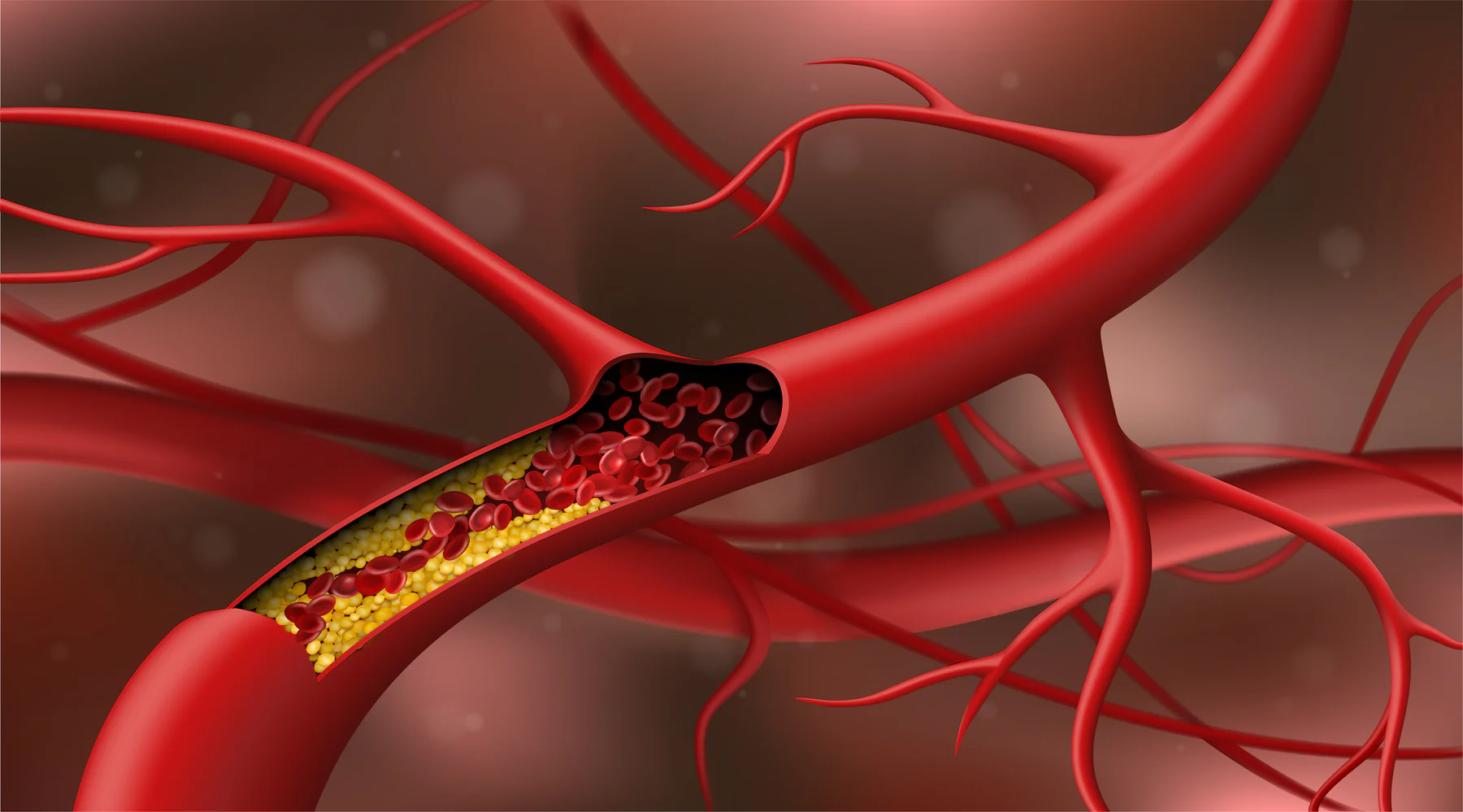
Blood Lipid Levels: What They Are and Why They Matter
Lipids are fat molecules found in cells throughout the body and required for various cellular functions. The body also uses lipids for energy, commonly known as burning fat. When there's an excess of lipids not expended, the body stores them, and you gain weight. However, lipid levels have a critical impact on your health that goes beyond your weight and body fat. In this article, you'll learn about types of lipids, healthy vs. unhealthy lipid levels, and the ins and outs of getting a lipid panel test.
What Are Lipids?
What Does High Cholesterol Mean?
CDC data shows that 38 percent of American adults are plagued with high cholesterol, which elevates the risk of developing heart disease and stroke. Since you often won't see signs, it's important to get your cholesterol levels tested at your doctor's office. Your diet and activity levels aren't the only factors that can affect blood lipid levels, as other lifestyle habits and even hereditary genes can influence them.
Not all cholesterol is bad for you, but your total cholesterol level is a reflection of how the good and bad cholesterol evens out. To get technical, there are three types of cholesterol in the body:
Low-density lipoprotein (LDL) Cholesterol
LDL cholesterol is the "bad" type that clogs arteries, raising your blood pressure and your risk for atherosclerosis — a condition where plaque buildup hardens and thickens artery walls, hampering blood flow. Ideal LDL cholesterol levels are under 100 mg/dL in men and women. Staying under 129 mg/DL can be healthy, depending on other factors. Above that, LDL levels start getting borderline high. 160 mg/DL and above is considered dangerously high.
High-density lipoprotein (HDL) Cholesterol
You want a higher level of HDL cholesterol because this "good" type combines with LDL cholesterol in the blood and pulls it out of the body before it builds up as arterial plaque. Ideal HDL cholesterol levels are 40 mg/dL or higher in men and 50 mg/dL in women.
What Are Triglycerides?
Triglycerides are the most common lipid type found in the body that raises your risk for heart disease, obesity, and metabolic disorders when your levels are too high. Ideally, your triglyceride level should be less than 150 mg/dL. A triglyceride level ranging between 150 and 199 mg/dL is considered borderline high, whereas 200 mg/dL and above is considered too high.
How Are Blood Lipids Measured?
When you get your blood lipids tested at your doctor's office, you're getting a lipid panel, sometimes called a cholesterol panel or coronary risk panel. Generally, a lipid panel gives you four results, which include your LDL and HDL cholesterol levels, total cholesterol level, and triglyceride level. By reading your blood lipid panel, your doctor can assess your risk for heart problems.
What to Expect During a Lipid Panel Test
You'll have your blood drawn and sent to a lab to be analyzed. Typically, you're asked to fast 10 to 12 hours ahead of time. A common practice is to schedule a lab visit for the morning and skip breakfast before going in.
How Often Do You Need a Lipid Panel Test?
The American Heart Association's official recommendation is to get a lipid panel at least every six years, starting at age 20. After women turn 55 and after men turn 45, they should start getting lipid panels every one or two years since the risk for high cholesterol significantly increases with age.
How You Can Improve Your Blood Lipid Levels
Cholesterol levels are an important marker of overall health. If you find out your cholesterol is higher than normal, your doctor will encourage you to reduce it. While there are medications people take, diet and exercise should be the first line of defense.
Change Your Diet
Cholesterol is found in meat, eggs, and dairy products. Switch out beef and pork for poultry and fish. Opt for lean cuts like chicken breasts. Use replacements like turkey burgers or soy burgers instead of hamburgers. Go for egg whites instead of regular eggs and choose non-fat dairy products. Keep in mind that you don't need to reduce your fat intake overall; it's the type of fat that matters. What you need to reduce are saturated fats and trans fats found in animal-based products and junk foods containing hydrogenated oils. Swap saturated fats like butter for polyunsaturated fats like avocados, nuts, and oily fish.
Supplement your diet with omega-3 fatty acids from seafood, whether by eating oily fish or taking omega-3 fish oil supplements. Seafood-derived omega-3s contain EPA and DHA, which are the omega-3 fatty acids specifically linked to lowering cholesterol and triglyceride levels.
Get Regular Cardio Exercise
Any exercise is good for lowering high lipid levels, but cardio activities, in particular, can improve your heart health. Running up the stairs, riding a bike, jogging, and aerobic dance are some examples of workouts that challenge your heart. According to research, working out actually lowers your LDL cholesterol levels by stimulating enzymes that help you excrete low-density lipoproteins.
Lipid Levels and Your Health
Knowing your cholesterol numbers, you can determine whether your heart health is on track or if you need to make lifestyle changes. Moreover, lipid level testing can tell you if you fall into a risk category for heart disease. Lipids are essential nutrients, but your body is able to produce many of the lipids it needs on its own. Choosing healthier fats and testing your cholesterol regularly can ensure you maintain a healthy balance.






